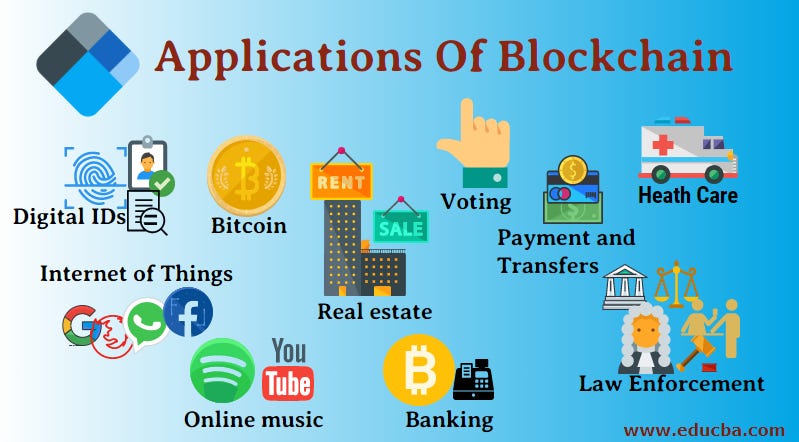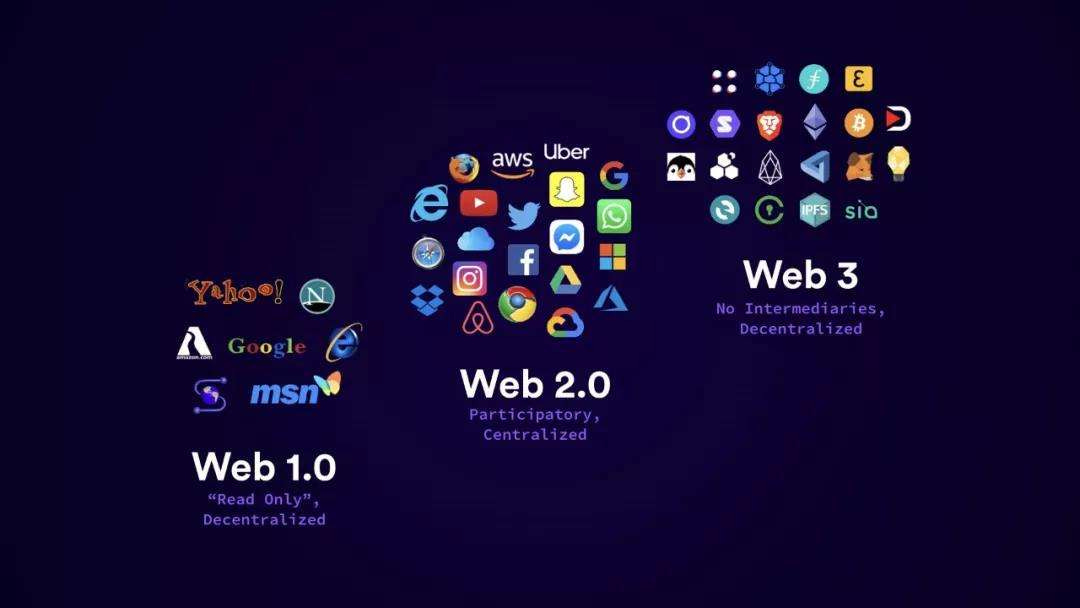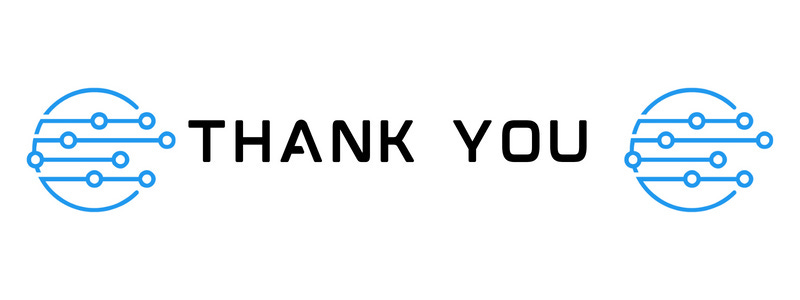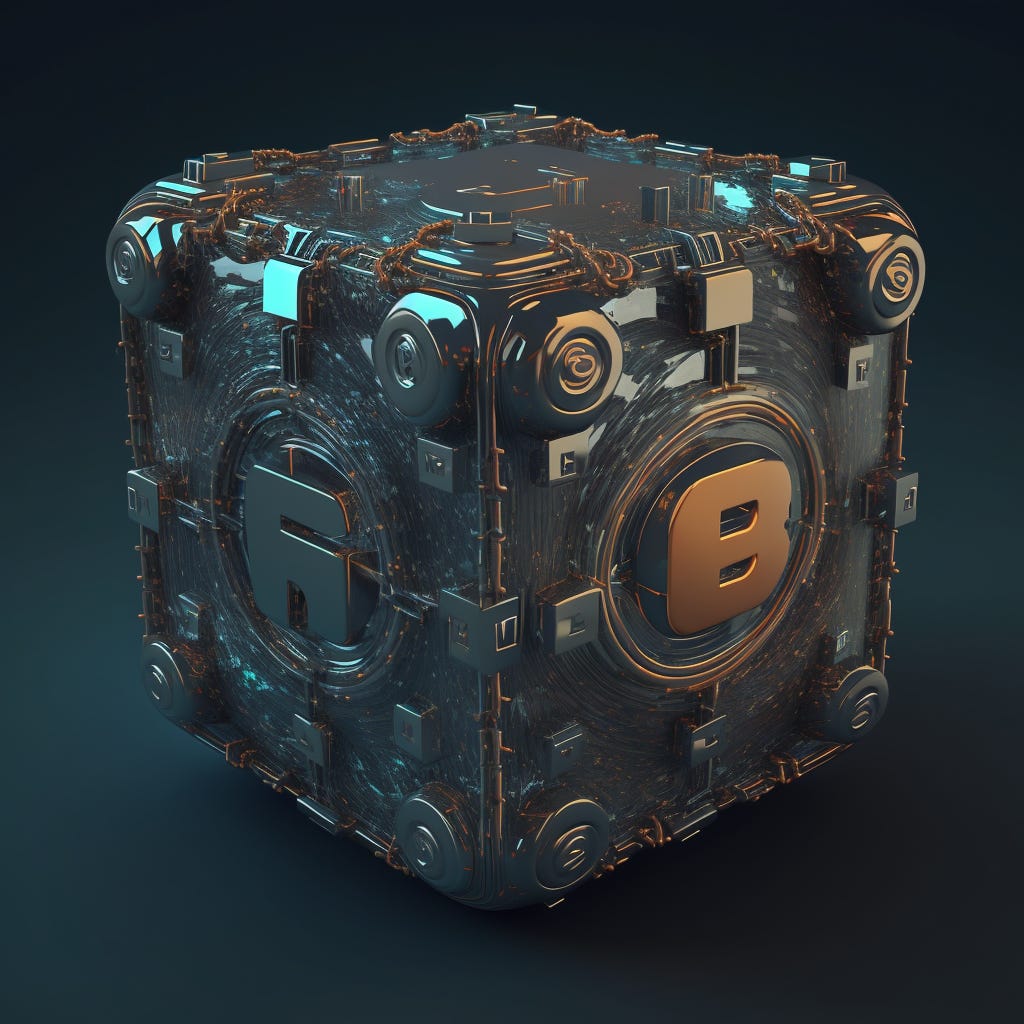
A blockchain is a decentralized distributed ledger that allows secure and transparent transactions without the need for intermediaries. Blockchain technology was first conceptualized by Stuart Haber and W. Scott Stornetta in 1991, aiming to create a tamper-proof, time-stamped digital document system.
The idea remained largely dormant until 2008 when an individual or group of individuals under the pseudonym Satoshi Nakamoto published the Bitcoin whitepaper. This whitepaper laid the foundation for the first practical implementation of blockchain technology, which has since evolved and diversified into various applications.
The History, Evolution, and Progress of Blockchain Technology
Blockchain technology started as a means of facilitating trustless transactions between parties without the need for intermediaries. The first mainstream blockchain application was Bitcoin, a cryptocurrency that used blockchain technology to facilitate transactions without the need for a central authority.
Since then, blockchain technology has evolved to become a versatile technology with a range of applications beyond cryptocurrencies.
The broad evolution of blockchain technology has three generations:
The first-generation blockchain was Bitcoin - focused on enabling decentralized digital currencies.
The second-generation blockchain introduced the concept of smart contracts, which enabled the execution of self-executing contracts without intermediaries. Ethereum, which was launched in 2015, is an example of a second-generation blockchain.
The third-generation blockchain is focused on solving the scalability issues of earlier blockchains, and examples include Polkadot and Cardano.
Permissioned vs. Permissionless Blockchains
There are two types of blockchain networks - permissioned and permissionless.
Permissioned blockchains are networks where access and participation are restricted to a selected group of entities, such as banks or corporations. Examples include Hyperledger and Corda.
Permissionless blockchains are open networks, allowing anyone to participate without restrictions. Examples include Bitcoin and Ethereum.
Relationship between Blockchain Technology and Cryptocurrency
Blockchain technology and cryptocurrency are closely related. The first use case of blockchain technology was Bitcoin, a cryptocurrency that uses blockchain technology to facilitate transactions without intermediaries. However, blockchain technology has evolved to have a range of applications beyond cryptocurrencies.

While Blockchain is the underlying technology that powers cryptocurrencies, Web3 represents a decentralized internet powered by blockchain technology. The similarities between blockchain and Web3 lie in their decentralized nature and use of cryptographic techniques for secure data storage and transfer. The differences arise from their scope: while blockchain primarily focuses on creating decentralized ledger systems, Web3 envisions a broader decentralized ecosystem for various applications, including finance, social media, and more.
Web3 technologies include decentralized applications (dApps), decentralized finance (DeFi), and non-fungible tokens (NFTs). These technologies rely on blockchain technology to enable decentralized and trustless transactions.
Web3
Web3 is an emerging internet paradigm that aims to create a decentralized, trustless, and user-centric web. It relies on technologies like blockchain, decentralized storage solutions, and peer-to-peer communication protocols. To access Web3, users typically require a browser extension or dedicated browser, such as MetaMask or Brave. Currently Microsoft is working on a cryptocurrency wallet as part of its Edge browser.
Can Web 3 Exist Without Blockchain?
While blockchain plays a significant role in Web3's development, other decentralized technologies can contribute to its realization, such as the InterPlanetary File System (IPFS) for decentralized storage or Holochain for distributed computing. Therefore, Web3 can potentially exist without relying solely on blockchain technology.
Advantages and Disadvantages of Blockchain and Web 3
Advantages:
- Increased security through cryptography
- Decentralization reduces the risk of a single point of failure
- Enhanced transparency and traceability
- Greater user control over data
Disadvantages:
- Scalability limitations
- Energy consumption concerns
- Regulatory uncertainty
- Technological complexity and adoption barriers
Wallets and Their Relation to Web 3
Wallets, in the context of Web3, are digital tools that allow users to store, manage, and interact with cryptocurrencies, tokens, and decentralized applications (dApps). They serve as a bridge between users and the Web3 ecosystem by providing a secure way to access and manage digital assets and identities. Examples of popular Web3 wallets include MetaMask and MyEtherWallet.
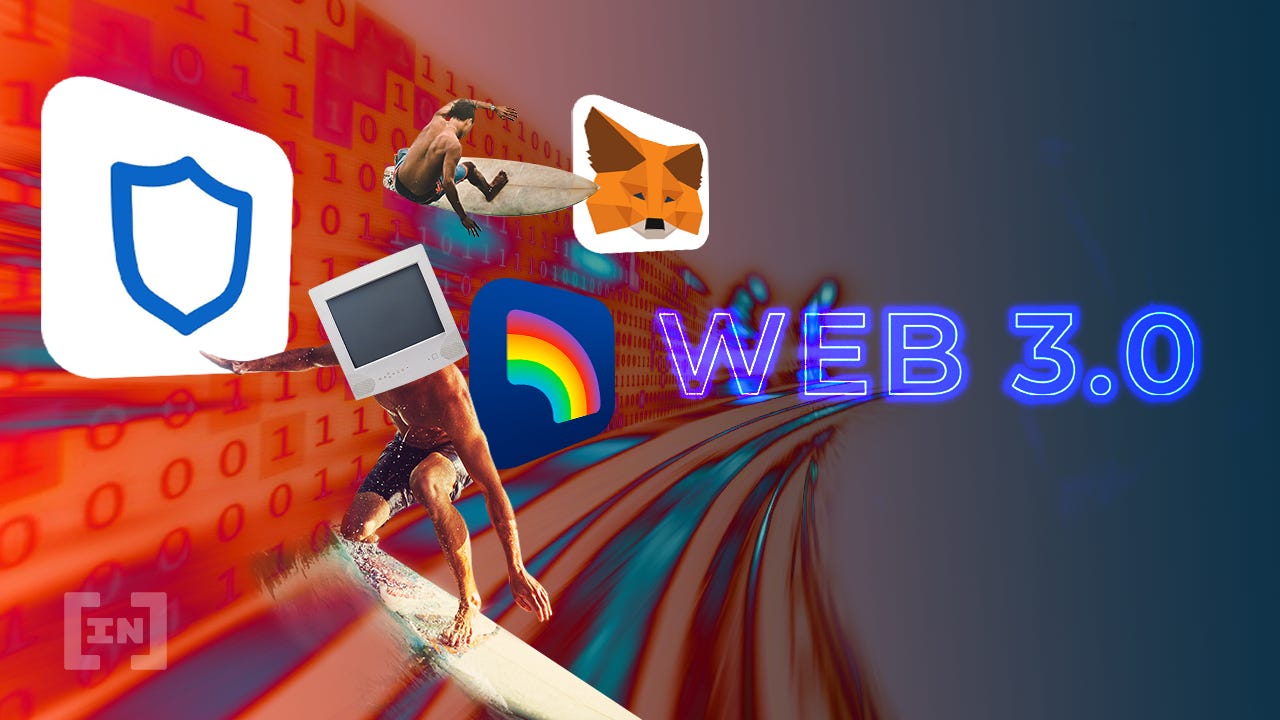
Blockchain in the Financial World: Real-World Examples
Blockchain technology has been adopted in various financial applications, such as:
1. Payments and remittances: Ripple uses its blockchain-based platform to enable faster, cheaper cross-border transactions for banks and payment providers.
2. Trade finance: Platforms like we.trade leverage blockchain technology to streamline trade finance processes and reduce fraud risk.
3. Asset tokenization: Companies like Securitize use blockchain to tokenize assets, making them easier to trade and manage.
4. Smart contracts: Ethereum's blockchain enables the creation of self-executing contracts with the use of programmable scripts.
Blockchain in Other Industries and Applications
Aside from financial services, blockchain technology has been explored and applied in various industries, such as:
1. Supply chain management: Companies like IBM and Walmart have partnered to create the IBM Food Trust, using blockchain technology to improve traceability and transparency in the food supply chain.
2. Healthcare: Projects like Mediledger utilize blockchain to create secure, tamper-proof records of pharmaceutical supply chains and patient data.
3. Identity management: Platforms like Civic leverage blockchain for secure, decentralized identity management and authentication services.
4. Energy: Blockchain-based platforms like Power Ledger enable decentralized energy trading and the tracking of renewable energy certificates.
Conclusion

Blockchain technology has evolved significantly since its inception, with numerous applications in the financial world and beyond. Its decentralized nature, combined with cryptographic security, makes it an attractive solution for various industries.
Despite some drawbacks, such as scalability and energy consumption, ongoing research and development efforts aim to address these challenges. As Web3 continues to take shape, blockchain technology will likely play a crucial role in its creation.
Author’s Substack: https://pragmaticai.substack.com
Author’s Twitter: https://twitter.com/kiranadimatyam



